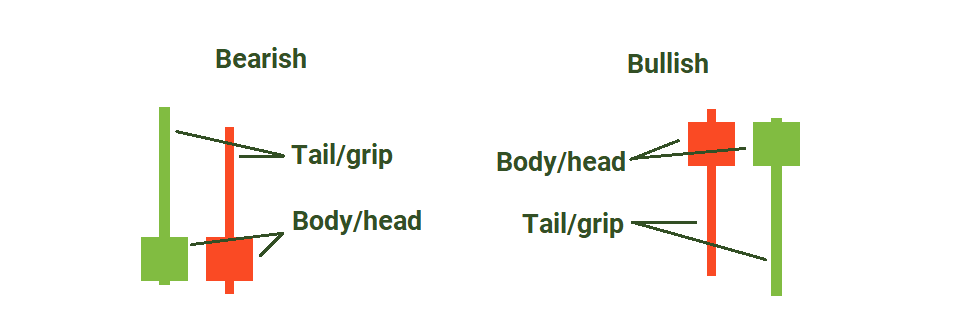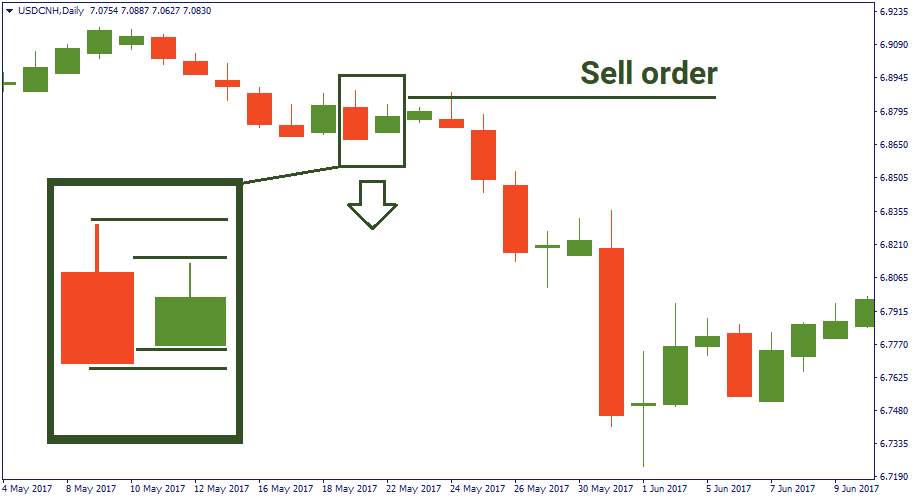
Bill Williams est le créateur de certains des indicateurs de marché les plus populaires : Awesome Oscillator, Fractals (fractales), Alligator et Gator.
For a seamless experience, click “Redirect me.”

Ne perdez pas votre temps - analysez l'influence du NFP sur le dollar américain!
Avis de collecte de données
Nous conservons un enregistrement de vos données pour gérer ce site web. En cliquant sur le bouton, vous acceptez notre politique de confidentialité.

Guide pour débutant Forex
Votre guide ultime dans le monde du trading.
Consultez votre boîte de réception !
Dans notre e-mail, vous trouverez notre guide Forex. Appuyez simplement sur le bouton pour l'obtenir !
Avertissement sur les risques : Les ᏟᖴᎠ sont des instruments complexes et ils présentent un risque élevé qui peut vous faire perdre de l'argent rapidement en raison de l'effet de levier.
71,43 % des investisseurs particuliers perdent de l'argent lorsqu'ils tradent des ᏟᖴᎠ avec ce fournisseur.
Vous devez vous demander si vous comprenez le fonctionnement des ᏟᖴᎠ et si vous pouvez vous permettre de prendre des risques élevés qui peuvent mener à d'importantes pertes d'argent.
2023-02-02 • Mis à jour
Les informations données ne sont pas des conseils en investissement
Une barre à épingles est un chandelier à marteau typique. Elle a un corps (tête de marteau) et une queue (manche de marteau). Sa couleur importe peu. C'est sa composition qui détermine si elle est un signal haussier ou baissier.
Si le corps se trouve dans la partie supérieure du chandelier, c'est un signe haussier, et c'est un signe précurseur d'un retournement à la hausse s'il y avait une tendance à la baisse.
Si le corps se trouve dans la partie inférieure du chandelier, c'est un signe baissier, et il précède souvent un retournement baissier s'il y avait une tendance à la hausse.

Il y a trois manières simples d'entrer sur le marché à l'aide de la barre à épingles/marteau.
Entrée sur le marché : vous ouvrez simplement une position au prix actuel à un niveau qui se situe à l'intérieur du corps de la bougie ou de la tête du marteau.
Limite d'entrée : vous placez un ordre de limite à un niveau qui correspondrait à environ 50% de la queue de la bougie / du manche du marteau.
Stop d'entrée : vous placez un ordre stop de vente/achat juste en dessous/au-dessus du sommet du chandelier.
L'image ci-dessous montre où les niveaux de chaque type d'entrée doivent être situés.
Important : assurez-vous que la barre d'épingle/marteau est terminée avant d'entrer sur le marché.

Une barre intérieure fait référence à une formation de deux bougies lorsque le corps et l'ombre d'une barre se trouvent entièrement dans les limites d'une autre barre. Regardez l'image ci-dessous : la deuxième barre est complètement obscurcie par la première.

Idéalement, vous trouverez une barre intérieure soit en dessous du niveau de support tactique (cas baissier), soit au-dessus du niveau de résistance (cas haussier). Les deux scénarios indiquent que la formation de la barre intérieure confirme que le niveau a été franchi, il est donc logique d'ouvrir une position.
Dans l'exemple ci-dessous, vous voyez que la tendance était à un mouvement ralenti légèrement orienté vers le bas. Mais après la barre intérieure, il est allé directement vers le bas. Dans ce scénario, vous ouvrirez un ordre de vente après l'achèvement de la formation de la barre intérieure à n'importe quel niveau dans les limites de la première barre.


Bill Williams est le créateur de certains des indicateurs de marché les plus populaires : Awesome Oscillator, Fractals (fractales), Alligator et Gator.

Les stratégies de tendance sont intéressantes, elles peuvent donner d'excellents résultats sur tous les intervalles de temps et avec tous les types d'actifs. L'idée principale de la stratégie ADX basée sur les tendances est d'essayer d'identifier le début de la tendance.

Les stratégies de contre-tendance sont toujours les plus hasardeuses mais aussi les plus rentables. Nous avons le plaisir de vous présenter une excellente stratégie de contre-tendance qui fonctionne sur tous les marchés et avec tous les actifs.
Votre demande a été acceptée.
Nous vous appellerons lors de l'intervalle de temps que vous aurez choisi
La prochaine demande de rappel pour ce numéro de téléphone sera disponible dans 00:30:00
Si vous avez un problème urgent, veuillez nous contacter via le
Chat en direct
Erreur interne. Veuillez réessayer ultérieurement